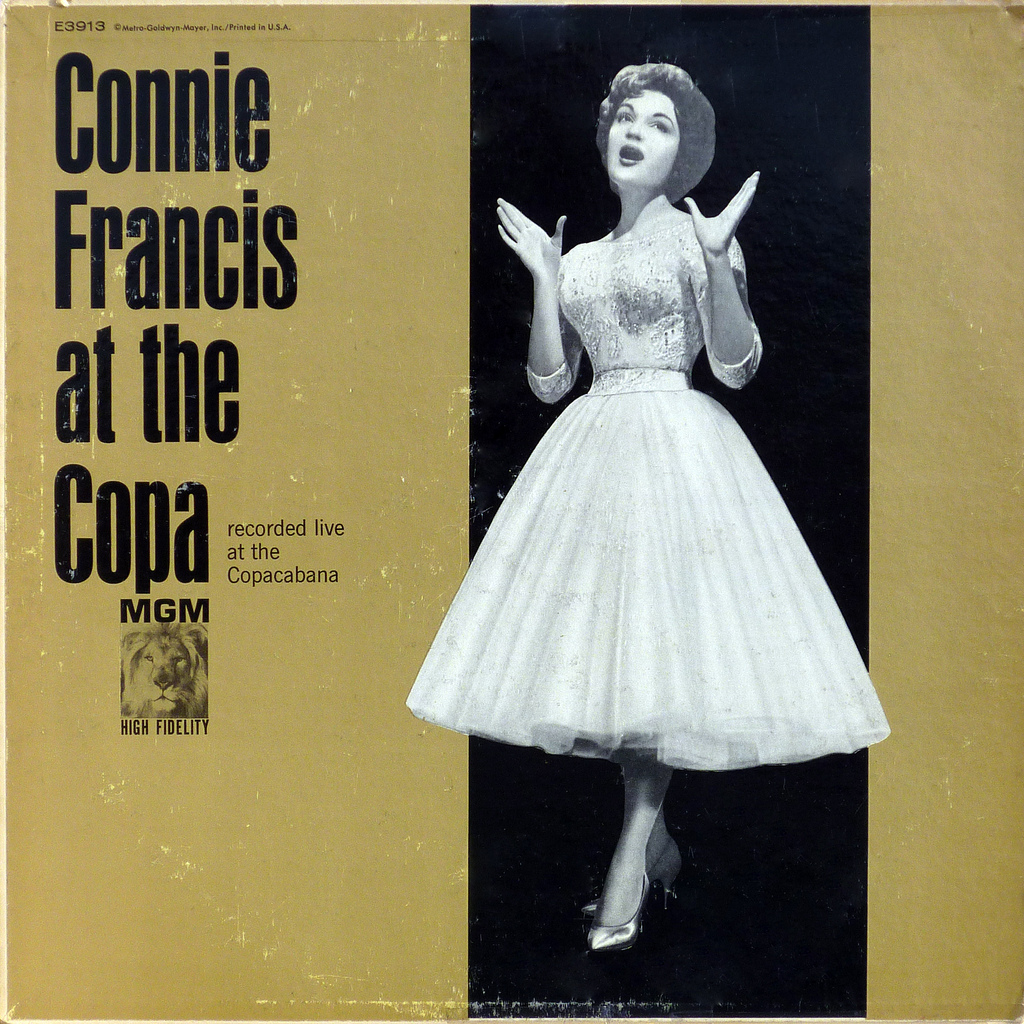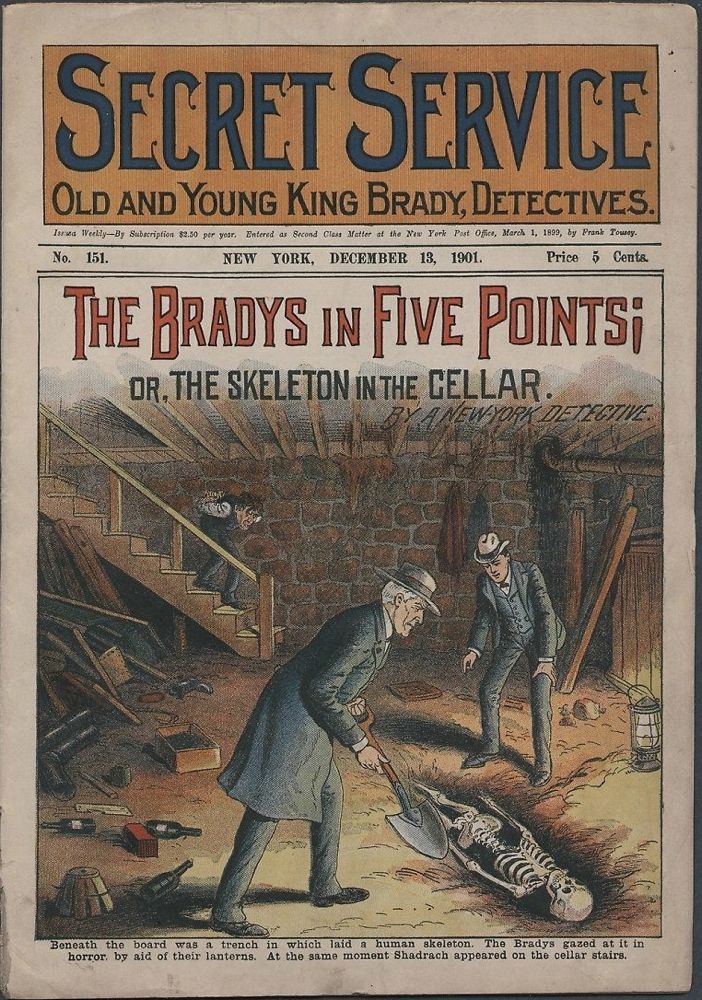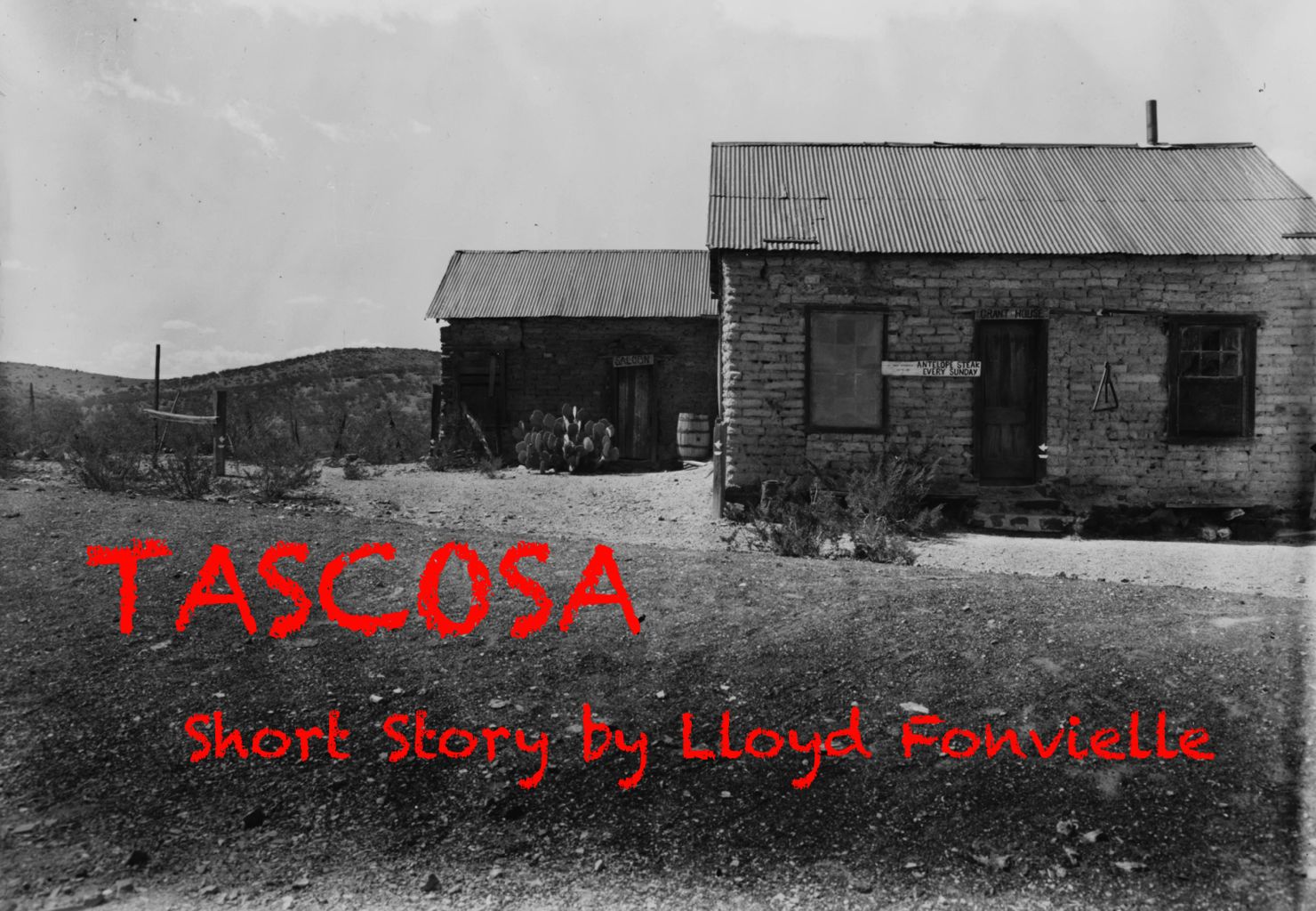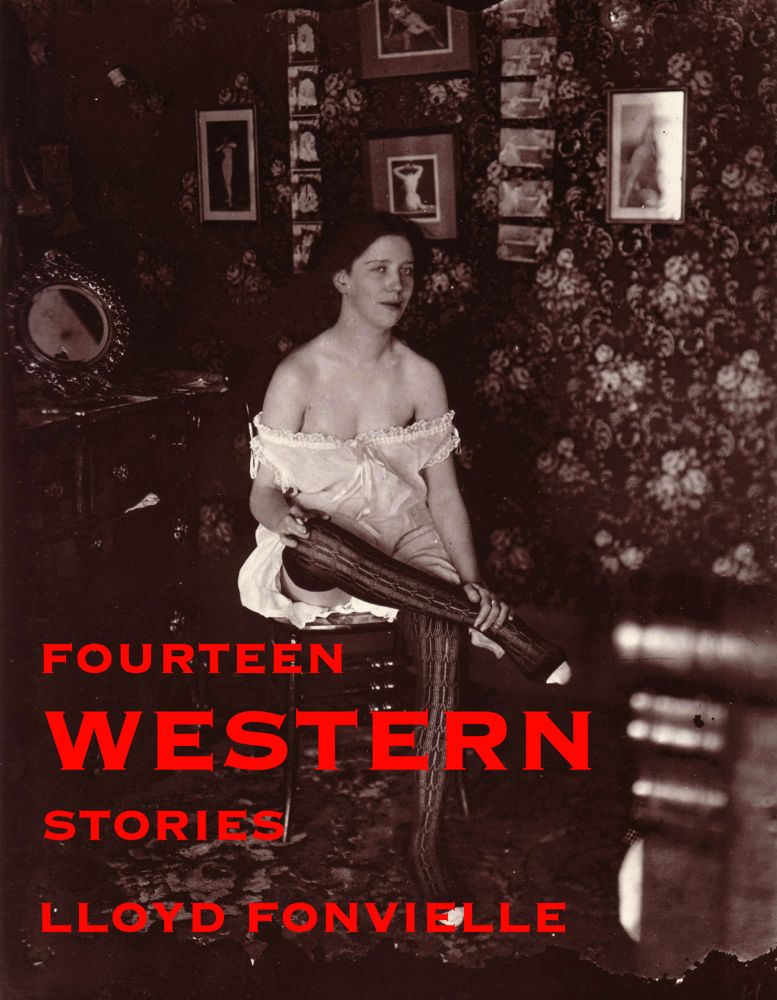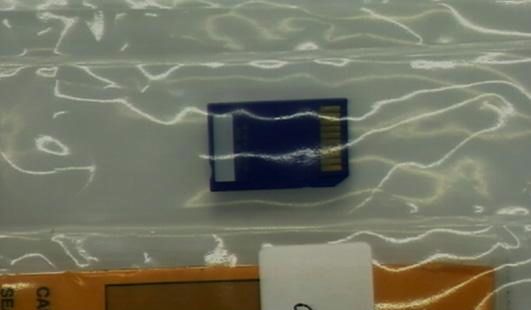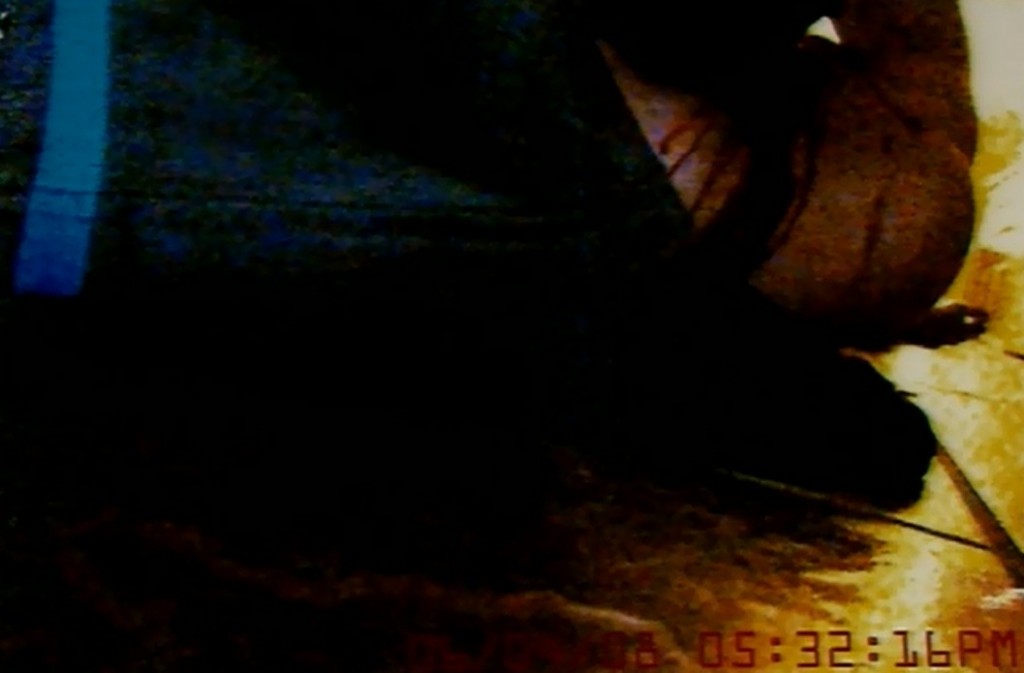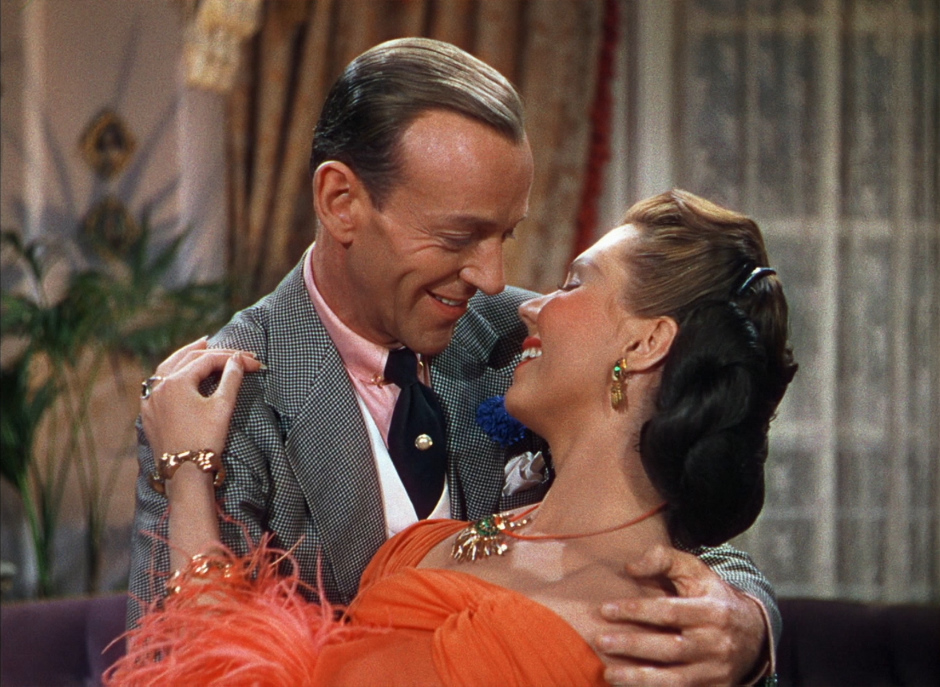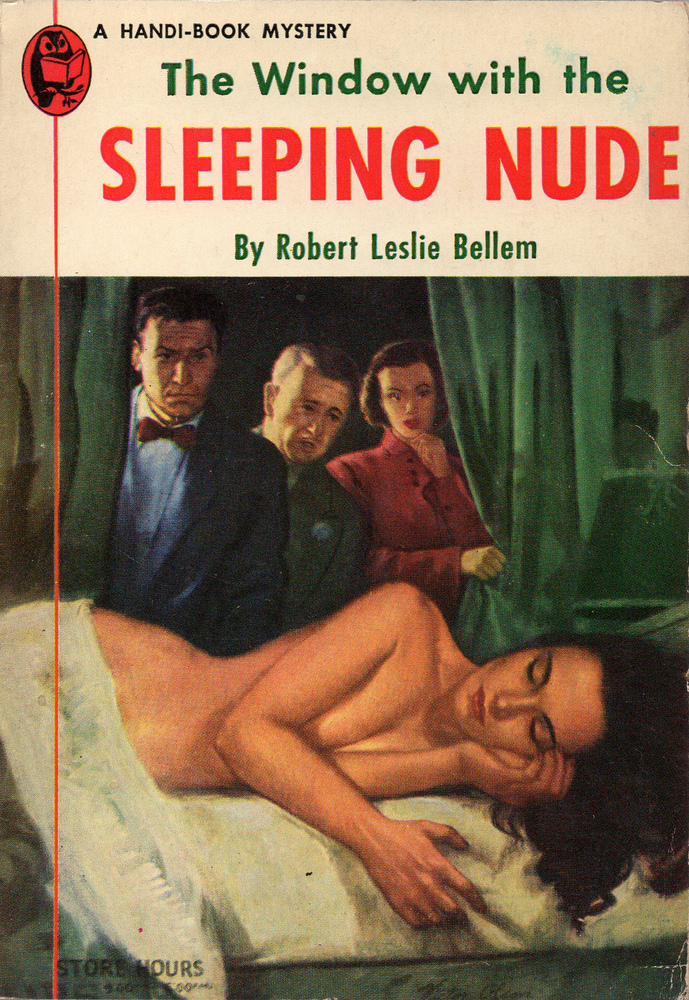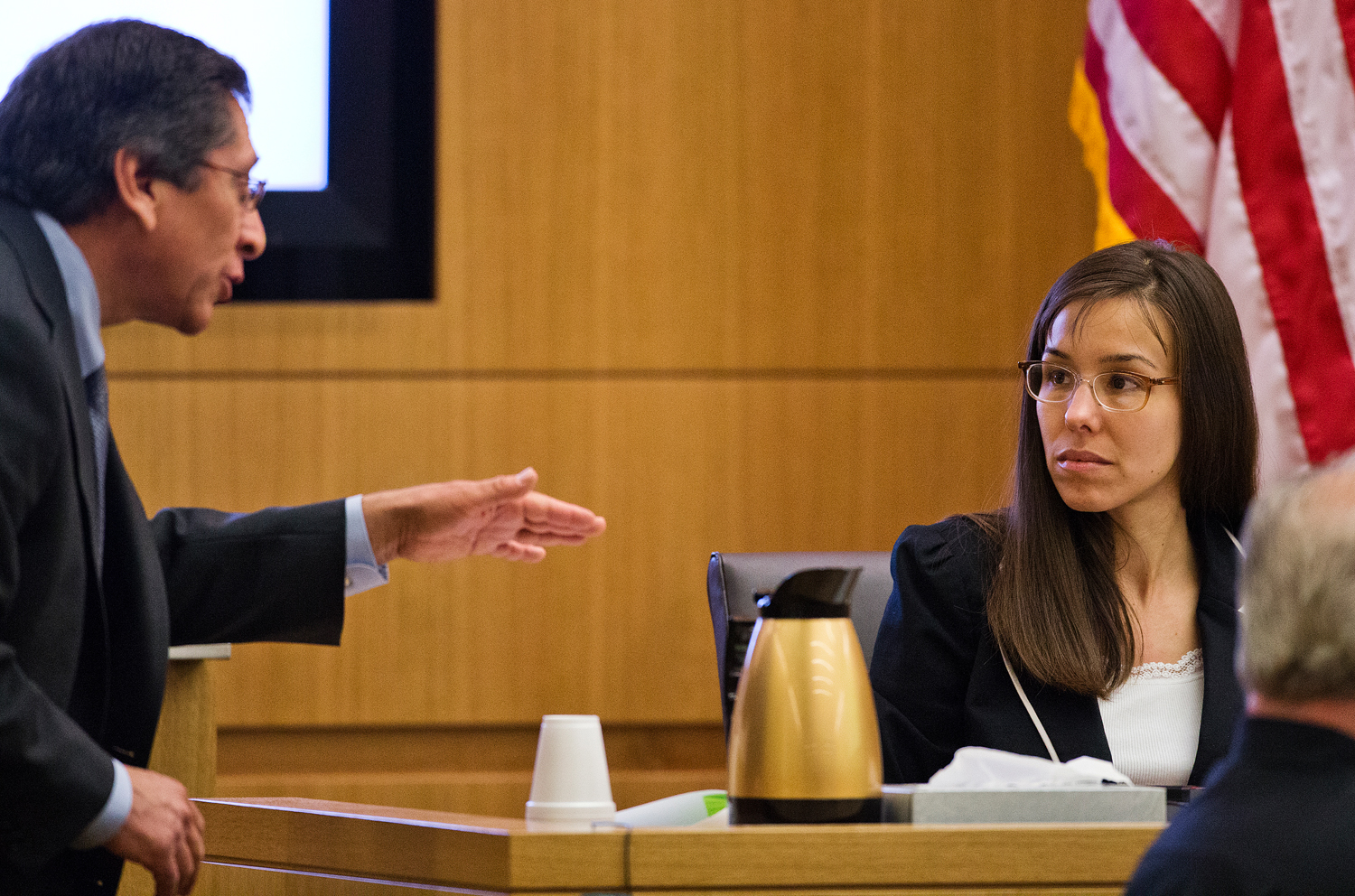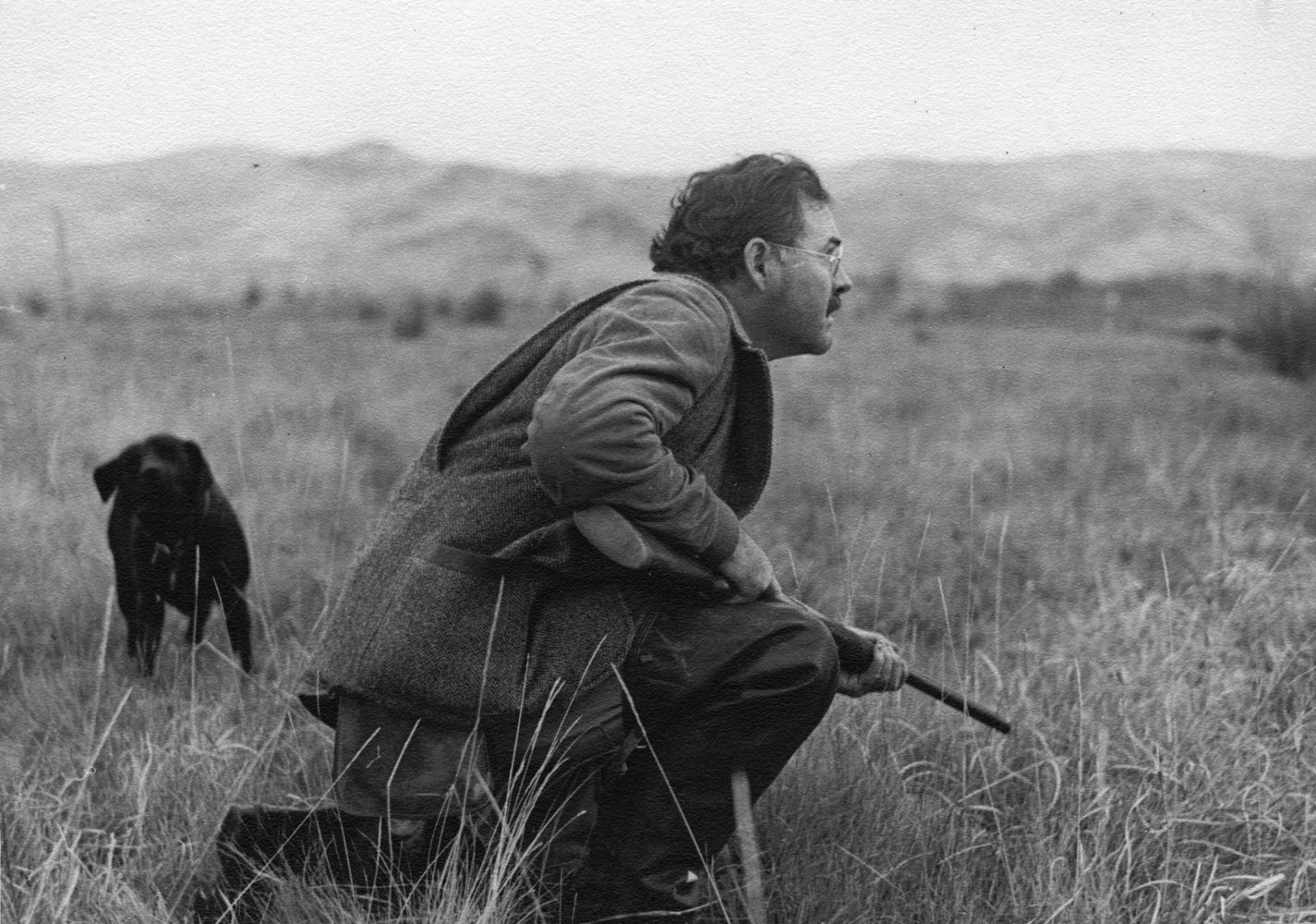Click on the image to enlarge.
Category Archives: Main Page
A HENRYCK FANTAZOS FOR TODAY
DHARMA BUMS
From The Dharma Bums — read by Charles Laughton . . .
COMPUTER DESKTOP
A FIVE-CENT MAGAZINE COVER FOR TODAY
FROM THE NEON BONEYARD
A WESTERN STORY
An old outlaw and a young soiled dove find a kind of redemption in the meanest town in Texas — one of the tales in Fourteen Western Stories . . .
Available on Amazon for the Kindle and for free Kindle reading apps, which work on almost all computers and portable devices.
Also available in a sturdy paperback edition designed to fit in most saddlebags.
Click on the images to enlarge.
A PAUL C. BURNS FOR TODAY
AN LP COVER FOR TODAY
A THOMAS HART BENTON FOR TODAY
IMPRESSIONS OF JODI
It may just be the presumption of a fiction writer, but I feel I have a pretty good idea of how and why Jodi Arias happened to kill her sometime lover Travis Alexander on 4 June 2008, for which killing she is now on trial for her life.
My theory differs from the prosecution’s and from Arias’s explanation of the event.
If Arias were just a textbook psychopath, or a pathological narcissist, she wouldn’t be very interesting. She certainly has psychopathic and narcissistic qualities, but she seems more convoluted than that. She has an unrealistic sense of her own cleverness — at one point she planned to conduct her own defense at trial — but this seems to mask an insecurity about herself which is very close to the surface of her consciousness, which is not the case with a classic psychopath.
Her psyche, insofar as it can be read from her writings and from photographic and audio evidence dating from before the killing, seems fragile, unstable. She adopts one of three poses — a shy, serious one for public consumption, a bubbly, Barbie-like one for her courting behavior and an aggressive sexual one for private display to men.
All three personae got Alexander’s attention and led to a relationship. Publicly she followed him into the Mormon church and into one of his dodgy business ventures. She played a ditzy, adoring blonde in their courting rituals. Privately, she indulged his sometimes kinky sexual fantasies enthusiastically, despite the fact that they were both breaking the Mormon “vow of chastity”.
I don’t feel that she had much psychic investment in any of these personae — they were adopted to get what she wanted, which was basically a marriage proposal from Alexander. Alexander was, however, an intensely self-involved boy-man. He accepted Arias’s subservience as his due, enjoyed it but did not take it seriously — although he occasionally pretended to.
Arias developed a tremendous sense of shame and rage over this, and a kind of bewilderment at the fact that all her ingenious stratagems were useless. Beyond shame and rage I think there was something more profound — a sense of existential nullity. Alexander made her feel, ultimately, like nothing.
She broke up with him, watched him start to become involved with another woman (Mimi Hall, above) who seems to have had more self-possession, less need to defer to his ego and sexual demands, and Arias moved away from the town where she and Alexander were living.
She tried to put it all behind her — but she couldn’t. She heard that Alexander was taking his new flame to Cancun, and she snapped. Ironically, the new flame she envied had no serious interest in Alexander — the Cancun trip was strictly chaperoned and would not have involved physical intimacy. But to Arias the new flame was hot, kept her personal dignity intact, and was still about to end up with the prize that belonged by right to Arias — Travis Alexander — a prize she had given up so much of her self to attain.
Arias stole a gun from her grandparents home where she was living in California (this is a fact in dispute, but I think it’s probably correct) and drove to Alexander’s home in Arizona. I believe she was going to give him one last chance — try to win him back or kill him, so no one else could claim her prize.
In Arizona, Arias submitted to Alexander’s sexual demands, did her best to reclaim him, and failed. Alexander had been working out to look his best in Cancun and, in his relentless narcissism, wanted Arias to photograph his newly sculpted body. She suggested that the photographs be taken in his shower.
She snapped a series of photographs of him, probably becoming more and more furious, grabbed a gun or a knife (the order of the attacks is also in dispute) and inflicted several fatal wounds to him, in a blind fury. At this point, she didn’t just want him dead, she wanted him obliterated, she wanted his new body ruined — she wanted to turn him into meat.
Partly this was payback for the unflattering nude photographs he had taken of her earlier in the afternoon, pictures that are, with one exception, dehumanizing and shaming. She had shaved her crotch for him and braided her hair, because he liked to fantasize about sex with little girls. Earlier she had gotten a boob job to be more voluptuous. He still saw her as meat. Now he was meat.
In some twisted way she had reclaimed her existential substance — which he had stolen from her. If she now has to pay for this act with her life, I suspect she will still consider it a good enough bargain. She was already dead when she committed the act — dead without dignity. Now she can meet what will probably seem to her a nobler kind of end.
Psychologically, Arias is a very sick woman. Mythologically, however, she has a kind of emblematic stature. She is an American Medea.
In some ways the photographs taken on the day of Alexander’s death sum everything up. These two people were twenty-somethings who photographed themselves and each other obsessively. Arias had dreams of becoming a professional photographer. She had submitted to the nude photographs reluctantly — one final instance of deferring to Alexander’s sexual fantasies.
He had wanted the results of his recent work-outs documented in photographs. He got Arias to photograph the booty that she assumed would become the property of Mimi Hall. After she killed him, Arias accidentally — apparently by stepping on the upside down camera which had fallen to the floor — snapped pictures of herself dragging Alexander’s corpse across the bathroom tiles.
She deleted all these photographs before she left Alexander’s home but they were still there, in unallocated sectors on the camera’s memory stick, not yet overwritten, and the police were able to recover them. They were time-stamped and date-stamped. They cracked the case.
There was DNA evidence of Arias’s presence at the scene, but she had spent a lot of time at Alexander’s home and this evidence might have been successfully disputed by the defense. There was no disputing the photographs. That memory stick, like a recording angel, told most of the story and placed Arias at the scene precisely when the killing took place.
This is the last photograph Arias took of Alexander while he was alive, after which she stabbed and shot him in various locations around the bathroom and its adjoining hallway, presumably as he staggered around trying to get away from her:
This is the photograph she took inadvertently when she was dragging his corpse back to the shower:
Less than two minutes had elapsed between the two images. What happened in those two minutes is ultimately unrecoverable, all but unthinkable, and should be left undisturbed on God’s memory stick..
LILLIAN
IT ONLY HAPPENS WHEN I DANCE WITH YOU
A PAPERBACK COVER FOR TODAY
FICTION AND TESTIMONY
Jodi Arias is on trial for killing her on-and-off-again lover Travis Alexander. (Above, Alexander and Arias on a trip to Havasu Falls.) Alexander was shot in the head, stabbed 27 times and had his throat cut so deeply that he was nearly decapitated. The savagery of the killing is almost unimaginable. Photos of the corpse are of course available on the Internet — below is one of the least horrifying of them.
Arias has told three different stories about her involvement in Alexander’s death. She first said she knew nothing about it. When confronted with evidence that she was present in his home at the time of his killing she said he had been killed by two masked intruders who let her go. Now, during the trial, she says she killed Alexander in self-defense.
Intuition would suggest that a killing so savage, by a person with no history of violent behavior, was a crime of momentary passion, but there is some evidence, all of it circumstantial, that Arias went to Alexander’s home planning to kill him. On the basis of this evidence of premeditation, the prosecutor is asking for the death penalty and has not given the jury a lesser charge than first-degree murder to fall back on. Arias’s life basically depends on her being able to convince the jury that the evidence of premeditation is doubtful.
The previous lies cast doubt on her current story, of course, and so does her testimony itself. She has gaps of memory about certain things, but fills in excessive details about other things. It’s the excessive details that undermine her credibility, as they do in fiction writing. In both areas, excessive detail suggests a storyteller who lacks faith in the main thrust of the tale — who is trying too hard to be authoritative.
In real life, when describing things that actually happened, we tend not to elaborate on details irrelevant to the tale. Good fiction writers tend to leave such details out as well. Someone who lacks personal faith in a story he or she is telling tends to try and buttress it with “convincing” minutiae.
Such minutiae, counter-intuitively perhaps, don’t convince. They have the opposite effect.
Jodi Arias should have read some Hemingway before taking the stand.

